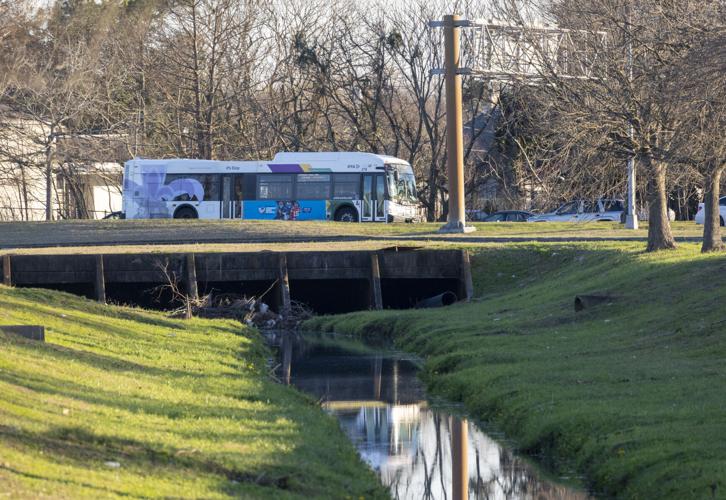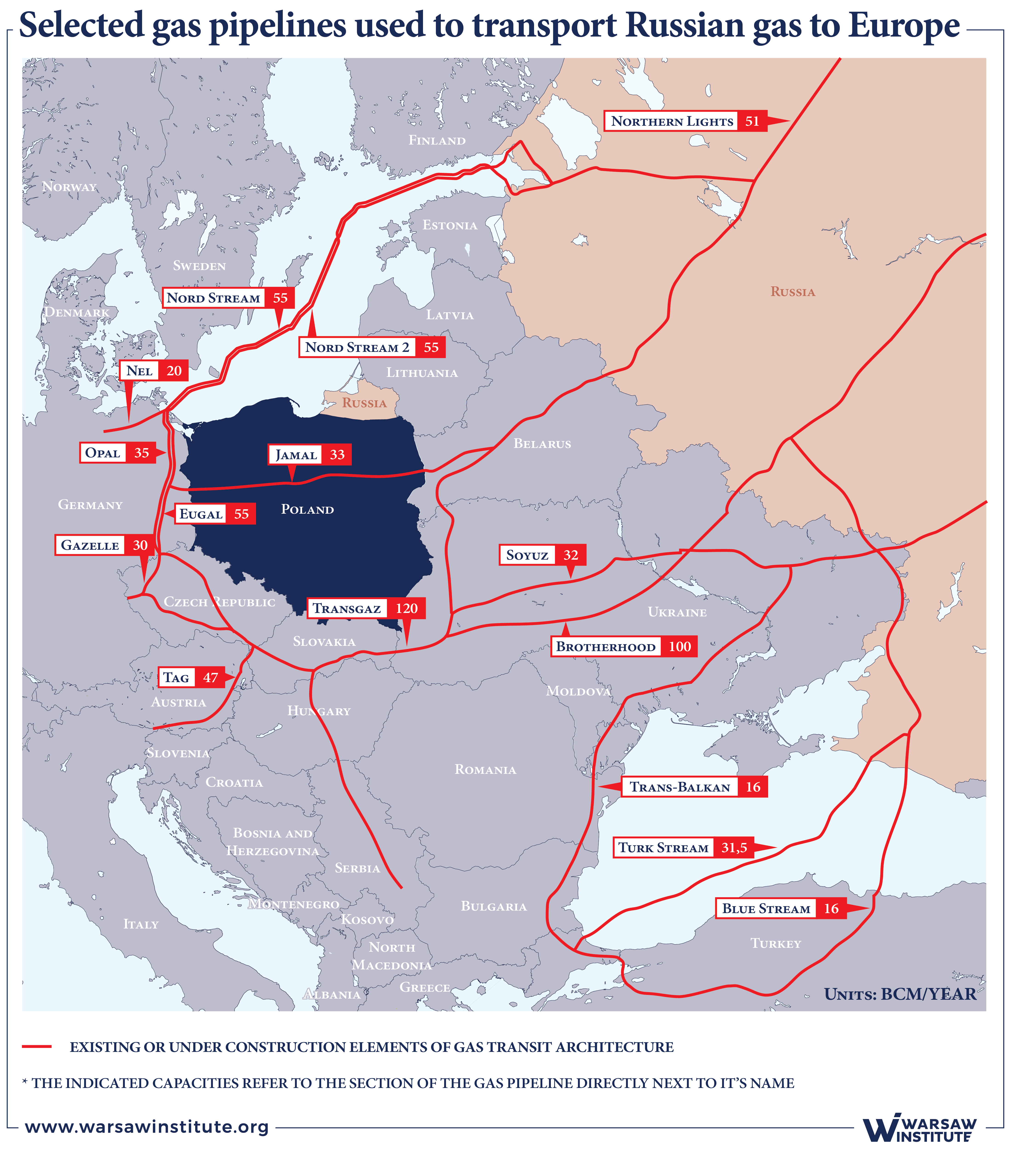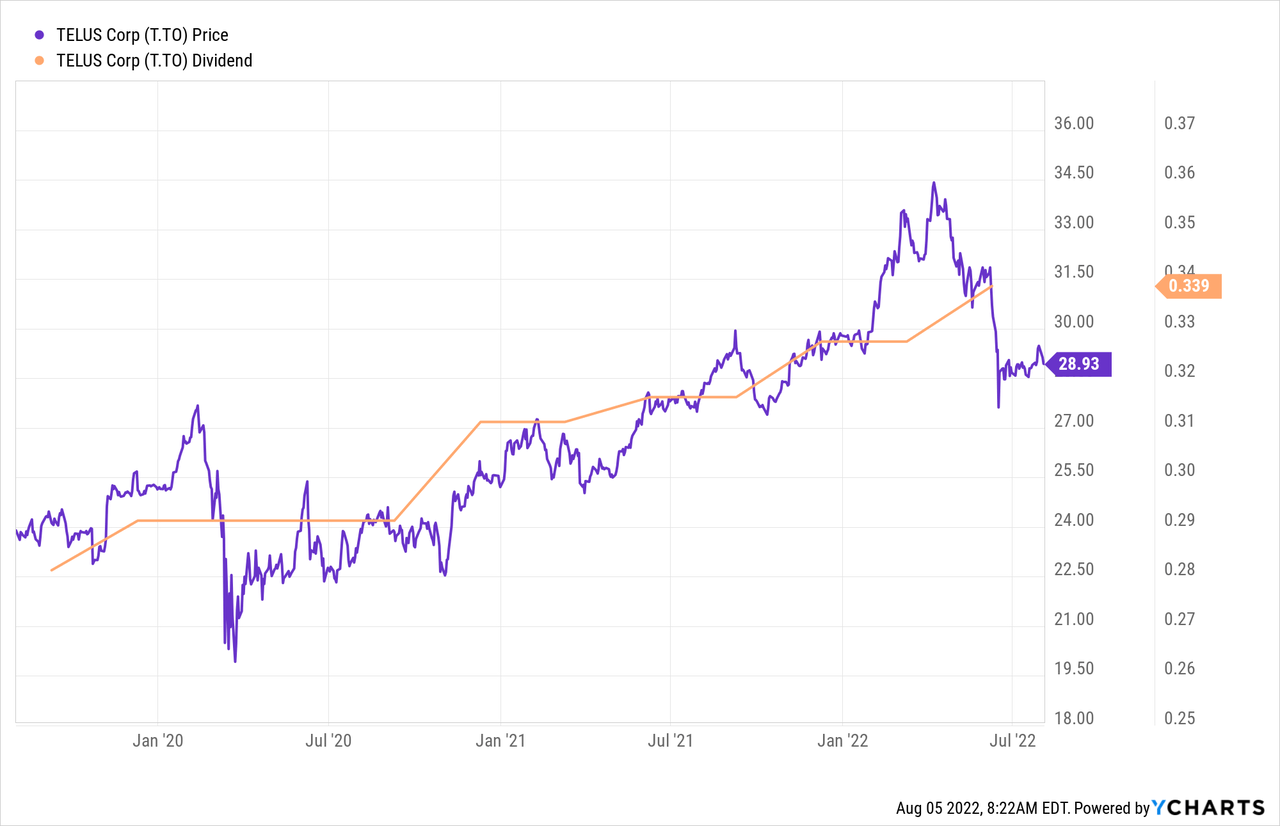Rising Sea Levels: Catastrophe For Coastal Communities

Table of Contents
The Devastating Impacts of Rising Sea Levels on Coastal Infrastructure
Rising sea levels are not a distant threat; they are already causing significant damage to coastal infrastructure, leading to substantial economic losses and social disruption.
Coastal Erosion and Loss of Land
Rising sea levels accelerate coastal erosion through increased wave action and higher storm surges. This leads to the gradual disappearance of beaches, the undermining of cliffs, and the retreat of coastlines. The economic and social costs are immense, encompassing the loss of valuable property, the destruction of vital infrastructure, and the displacement of entire communities. For example, the island nation of Tuvalu is facing severe erosion, threatening the very existence of its people.
- Loss of beaches: A major tourist attraction and crucial buffer against storms is disappearing.
- Damage to coastal roads and railways: Essential transportation links are becoming increasingly vulnerable.
- Saltwater intrusion into freshwater sources: Contamination of drinking water and irrigation systems is a growing concern.
Increased Flooding and Storm Surges
Higher sea levels significantly exacerbate the impacts of high tides and storm surges. Coastal flooding events are becoming more frequent, more intense, and more destructive. This leads to widespread damage to homes and businesses, the disruption of essential services like power and transportation, and increased health risks from contaminated water and sewage. The devastation caused by Hurricane Sandy in New York City, amplified by higher sea levels, serves as a stark reminder of this threat.
- Higher floodwaters: Inundation reaches further inland, affecting larger populations.
- Increased damage from hurricanes and typhoons: Storm surges become more powerful and destructive.
- Disruption of transportation networks: Roads, bridges, and ports are frequently damaged or closed.
Saltwater Intrusion and its Impact on Agriculture and Water Resources
Rising sea levels cause saltwater intrusion into freshwater aquifers and agricultural lands. This contamination renders drinking water supplies unsafe and reduces agricultural productivity, jeopardizing food security and livelihoods. Coastal regions in Bangladesh and Vietnam are experiencing severe saltwater intrusion, impacting millions of farmers and residents.
- Contamination of drinking water: Access to clean drinking water is severely compromised.
- Crop failure: Saltwater damages crops, reducing yields and impacting food security.
- Loss of arable land: Fertile farmland is rendered unusable, leading to economic hardship.
The Human Cost: Displacement, Migration, and Climate Refugees
The impacts of rising sea levels extend far beyond infrastructure damage. The human cost is profound, leading to displacement, migration, and the creation of climate refugees.
Population Displacement and Relocation
Coastal communities are increasingly forced to abandon their homes and livelihoods due to rising sea levels and its associated impacts. This displacement creates immense social, economic, and psychological challenges for affected populations. Relocation often involves loss of cultural identity, social networks, and economic opportunities. Communities in the Mekong Delta are already facing this stark reality.
- Loss of homes and livelihoods: People lose their homes, businesses, and traditional ways of life.
- Social disruption: Communities are fragmented, and social support networks are weakened.
- Mental health consequences: Displacement and loss lead to stress, anxiety, and trauma.
The Growing Issue of Climate Refugees
The term "climate refugee" describes individuals forced to leave their homes due to climate change-related disasters, including rising sea levels. The legal and humanitarian implications of this mass migration are significant and complex. There is no universally accepted legal framework for protecting climate refugees, leading to significant challenges in providing them with adequate support and protection.
- Lack of international legal framework: Climate refugees often lack legal protection and assistance.
- Strain on resources in host communities: Migration places pressure on resources and infrastructure in receiving areas.
- Ethical considerations: The international community faces ethical obligations to address the needs of climate refugees.
Mitigation and Adaptation Strategies for Coastal Communities
Addressing the challenge of rising sea levels requires a two-pronged approach: mitigation and adaptation.
Mitigation Efforts to Reduce Greenhouse Gas Emissions
The most effective way to combat rising sea levels is to mitigate climate change by reducing greenhouse gas emissions. This requires global cooperation to transition to renewable energy sources, improve energy efficiency, and promote sustainable transportation. International agreements like the Paris Agreement are crucial steps, but stronger commitments and actions are needed.
- Transition to renewable energy: Shifting from fossil fuels to renewable sources is paramount.
- Improved energy efficiency: Reducing energy consumption through efficient technologies and practices.
- Sustainable transportation: Promoting public transport, cycling, and walking to reduce emissions.
Adaptation Strategies to Protect Coastal Communities
Adaptation strategies focus on protecting coastal areas from the impacts of rising sea levels. These include building seawalls, implementing managed retreat (planned relocation), and utilizing nature-based solutions like restoring coastal wetlands. Effective adaptation requires careful planning, community involvement, and consideration of the long-term impacts.
- Construction of sea defenses: Seawalls and other structures can protect against flooding and erosion.
- Wetland restoration: Restoring natural coastal ecosystems enhances protection against storm surges.
- Improved drainage systems: Efficient drainage can reduce the impact of flooding.
Conclusion
Rising sea levels represent a catastrophic threat to coastal communities worldwide. The consequences, ranging from devastating infrastructure damage and displacement to the creation of climate refugees, are already being felt acutely. The urgency of the situation demands immediate and concerted action. We must urgently reduce greenhouse gas emissions to mitigate the effects of climate change and simultaneously implement effective adaptation strategies to protect vulnerable coastal populations. Rising sea levels are not just an environmental problem; it is a humanitarian crisis requiring global cooperation and immediate action. Learn more about how you can contribute to protecting our coastal communities from the dangers of rising sea levels and advocate for effective climate action today. Visit organizations like [link to relevant organization 1], [link to relevant organization 2], and [link to relevant organization 3] to learn more and get involved.

Featured Posts
-
 Aaron Judges 2025 Push Up A Deeper Look At The On Field Significance
May 11, 2025
Aaron Judges 2025 Push Up A Deeper Look At The On Field Significance
May 11, 2025 -
 Aaron Judges 2025 Push Up Prediction Understanding The On Field Goal Gesture
May 11, 2025
Aaron Judges 2025 Push Up Prediction Understanding The On Field Goal Gesture
May 11, 2025 -
 Stellantis Nears Ceo Decision Top Contender From The Us
May 11, 2025
Stellantis Nears Ceo Decision Top Contender From The Us
May 11, 2025 -
 Exclusive Look Elliotts Investment In Russian Gas Pipeline
May 11, 2025
Exclusive Look Elliotts Investment In Russian Gas Pipeline
May 11, 2025 -
 Telus Announces Q1 Earnings Growth And Dividend Boost
May 11, 2025
Telus Announces Q1 Earnings Growth And Dividend Boost
May 11, 2025
Latest Posts
-
 Crazy Rich Asians A New Series In Development At Hbo Max
May 11, 2025
Crazy Rich Asians A New Series In Development At Hbo Max
May 11, 2025 -
 Max Orders Crazy Rich Asians Series With Original Filmmakers
May 11, 2025
Max Orders Crazy Rich Asians Series With Original Filmmakers
May 11, 2025 -
 The Jurickson Profar Ped Suspension Reactions And Fallout
May 11, 2025
The Jurickson Profar Ped Suspension Reactions And Fallout
May 11, 2025 -
 Crazy Rich Asians Series Lim And Chu Return For Max
May 11, 2025
Crazy Rich Asians Series Lim And Chu Return For Max
May 11, 2025 -
 Understanding Jurickson Profars 80 Game Suspension A Deeper Look
May 11, 2025
Understanding Jurickson Profars 80 Game Suspension A Deeper Look
May 11, 2025
